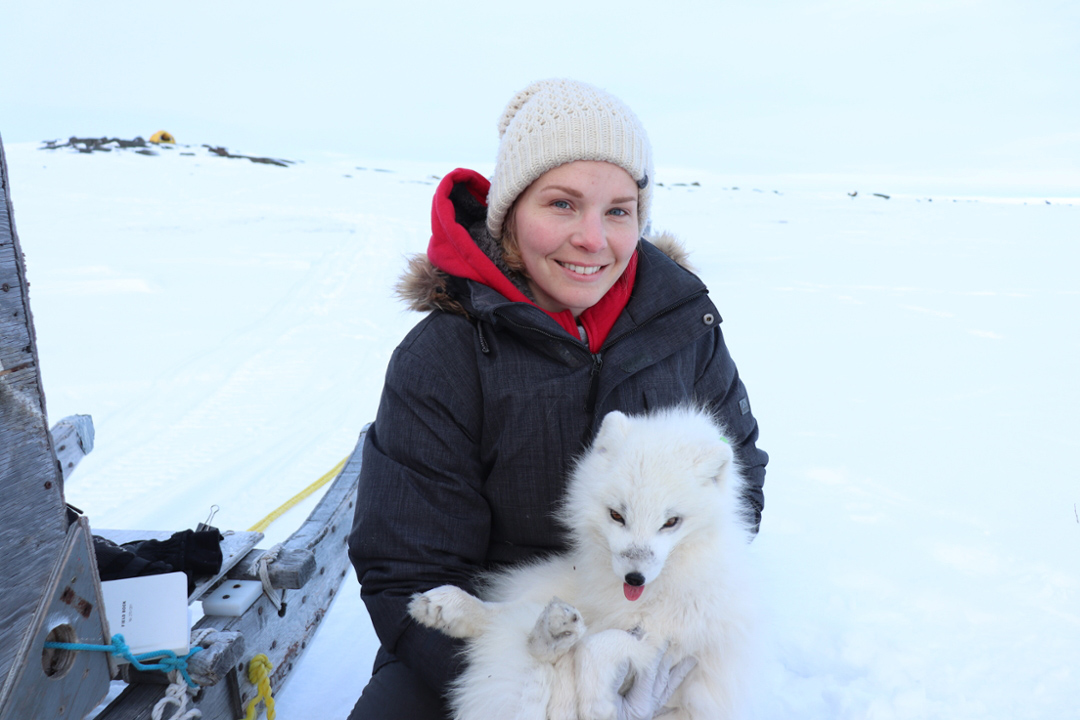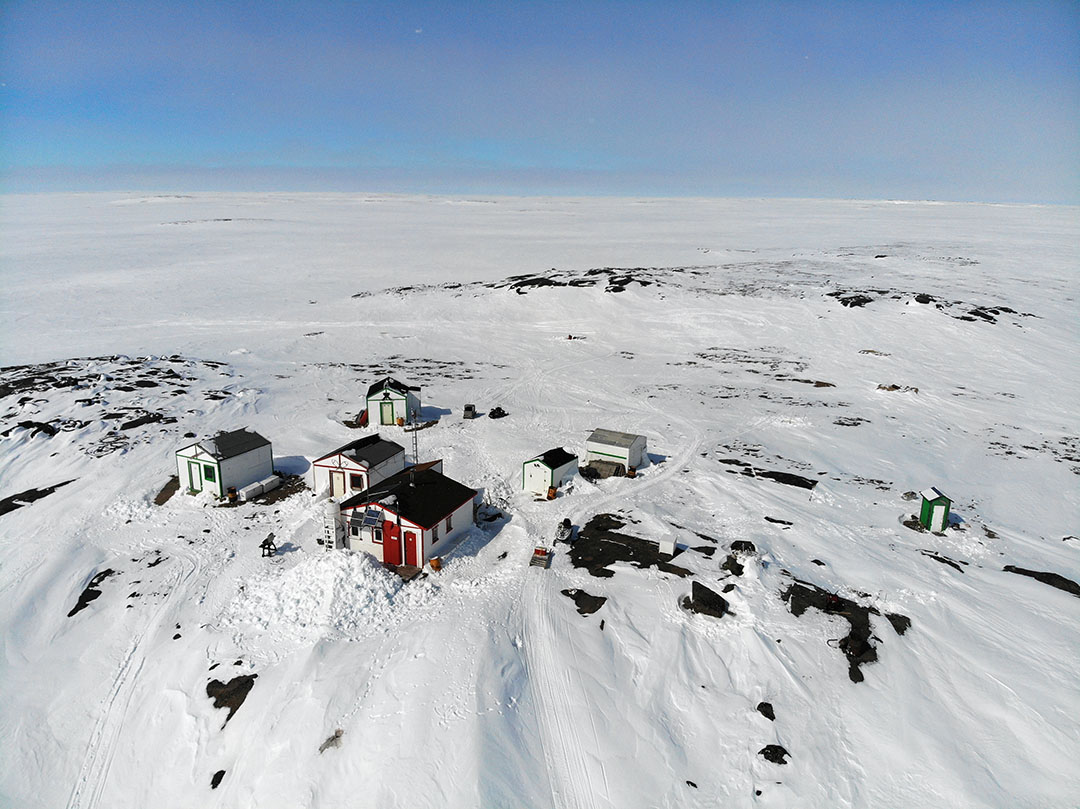
USask researcher makes important link between climate change and disease prevalence in the Canadian Arctic
University of Saskatchewan (USask) Western College of Veterinary Medicine (WCVM) PhD candidate Kayla Buhler has spent her academic career in the sky and on the ground of the Canadian Arctic, examining how infectious diseases are transmitted through the interactions of wildlife with their environment.
By BROOKE KLEIBOER
Vector-borne diseases are those that are typically transmitted by insects, such as fleas, mosquitoes or ticks. As global warming rears its head and temperatures rise, insect activity and breeding can increase. This leads to higher disease transmission rates.
Current research regarding vector-borne disease prevalence in the Arctic and its effects on both wildlife and people is limited. Buhler’s work aims to fill this gap.
“I was specifically interested in the North because it is one of the only regions in Canada that has significant health disparities in remote communities and has strong cultural ties with wildlife and subsistence hunting,” said Buhler.
“The intimate connection between wildlife and people, along with a changing climate, provides a fascinating backdrop to study the effects of environmental variability on human and animal health.”
The study examines three main types of vector-borne pathogens: Bartonella, Francisella tularensis, and California serogroup viruses. California serogroup viruses in particular are transmitted to hosts by mosquitoes and have been known to cause encephalitis in humans.
Buhler analyzes how the diseases are transmitted by travelling to northern communities and the Ahiak migratory bird sanctuary in Nunavut. She collects samples and observes wildlife, and works with local hunters and trappers who contribute their own samples to the study.
Sample analysis has established important links between the prevalence of disease, wildlife behaviour and their environment.
One study finding was that Arctic foxes are exposed to the flea-spread Bartonella bacteria by nest fleas while collecting eggs from goose nests. The pathogen is predicted to become increasingly prevalent as the Arctic goose population increases and understanding its links between hosts is crucial for disease management.
Buhler also noted that in the case of Francisella tularensis – the bacteria responsible for the disease tularemia, colloquially known as “rabbit fever” – diminishing amounts of sea ice due to climate change may increase the risk of bacteria exposure for polar bear populations.
Understanding these varied and important links are critical for understanding the effects of climate change on wildlife, but also for predicting potential threats to humans and the environment at large.
Research findings have been published in the journal Global Change Biology and presented at the Wildlife Disease Association Conference in 2021. Buhler’s work is supervised by Dr. Emily Jenkins (PhD), WCVM researcher and professor of veterinary microbiology.
The research is unique in that it incorporates not just academic research teams, but also engages the surrounding communities that are familiar with the study region and their personal knowledge.
“We partner with Indigenous communities to incorporate traditional knowledge with western science to create a clear picture of wildlife health in the North,” said Buhler.
“My research is built entirely on a one-health approach, using wildlife as sentinels for diseases that could impact both human and animal health.”
Buhler said the next step in the research is to investigate how seasonal changes in biodiversity, such as bird and mammal migration, affect disease transmission to northern wildlife.
“I always felt a connection with the story of my great grandfather, who played an instrumental role in the early 1900s in protecting the migratory routes of the trumpeter swan,” said Buhler of her decision to become a researcher.
“The interconnection between the health of people, animals and their shared environment was very tangible in my early years. I had no doubt that I would wind up in a similar field, one that allowed me to contribute to wildlife conservation and health.”
The research has been funded by the Northern Scientific Training Program, Polar Knowledge, the Polar Continental Shelf Program, Arctic Net, the Weston Family Foundation, and the Natural Sciences and Engineering Research Council of Canada Discovery grant program.
This article first ran as part of the 2021 Young Innovators series, an initiative of the USask Research Profile and Impact office in partnership with the Saskatoon StarPhoenix.

